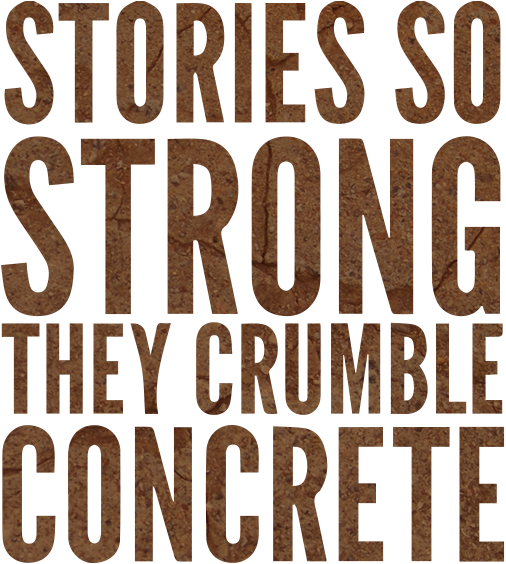abolition
Forms of Resistance to the Prison-Industrial Complex
by Pilar Maschi
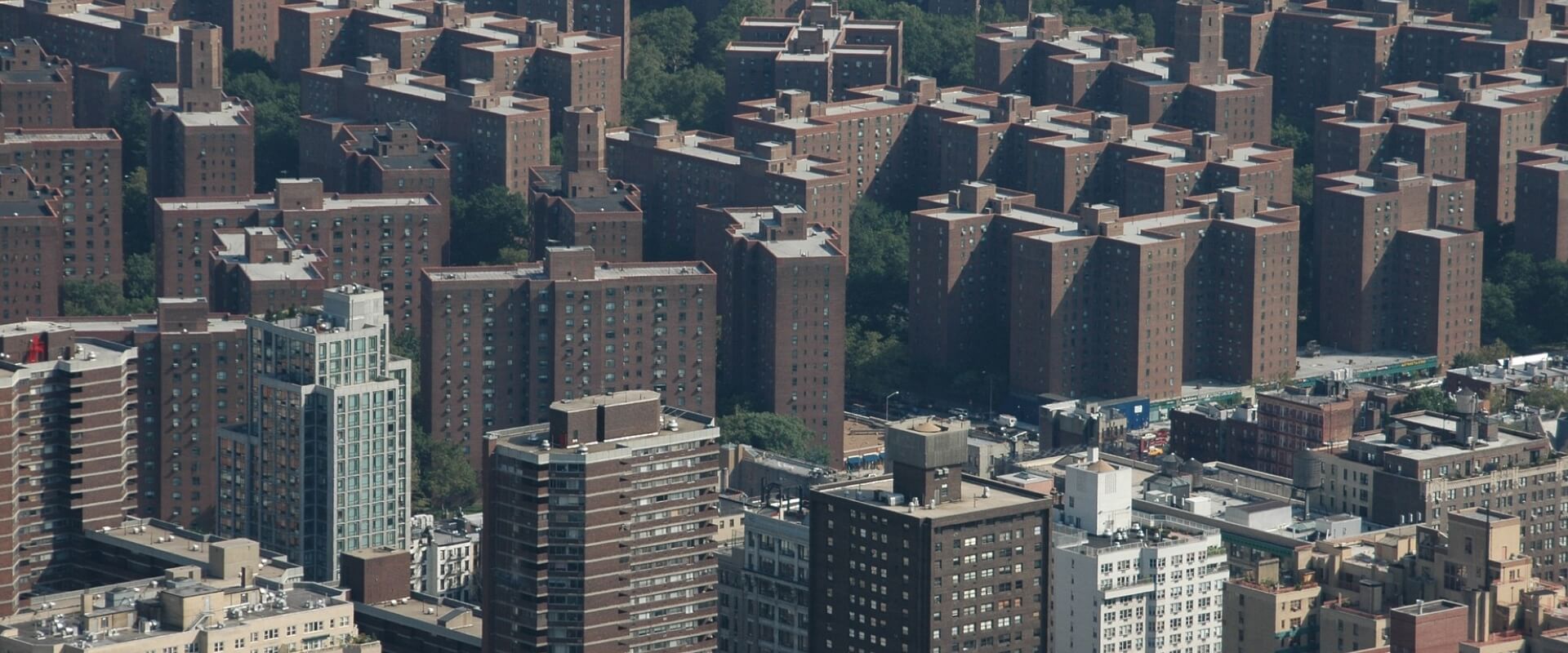
In Maschi’s opening statement from a panel discussion that occured as a part of 2004’s Voices in Time, Lives in Limbo installation in Chicago, she discusses her work with Critical Resistance and her understanding of various forms of resistance to mass incarceration. Maschi also challenges the Therapeutic Community model of recovery, arguing that recovery is a collective process that includes multiple forms of resistance to a society that does not benefit poor, queer, or indigenous people, people of color, or immigrants.
abolition activism movement-building
Where Abolition Meets Action: Women Organizing Against Gender Violence
by Victoria Law
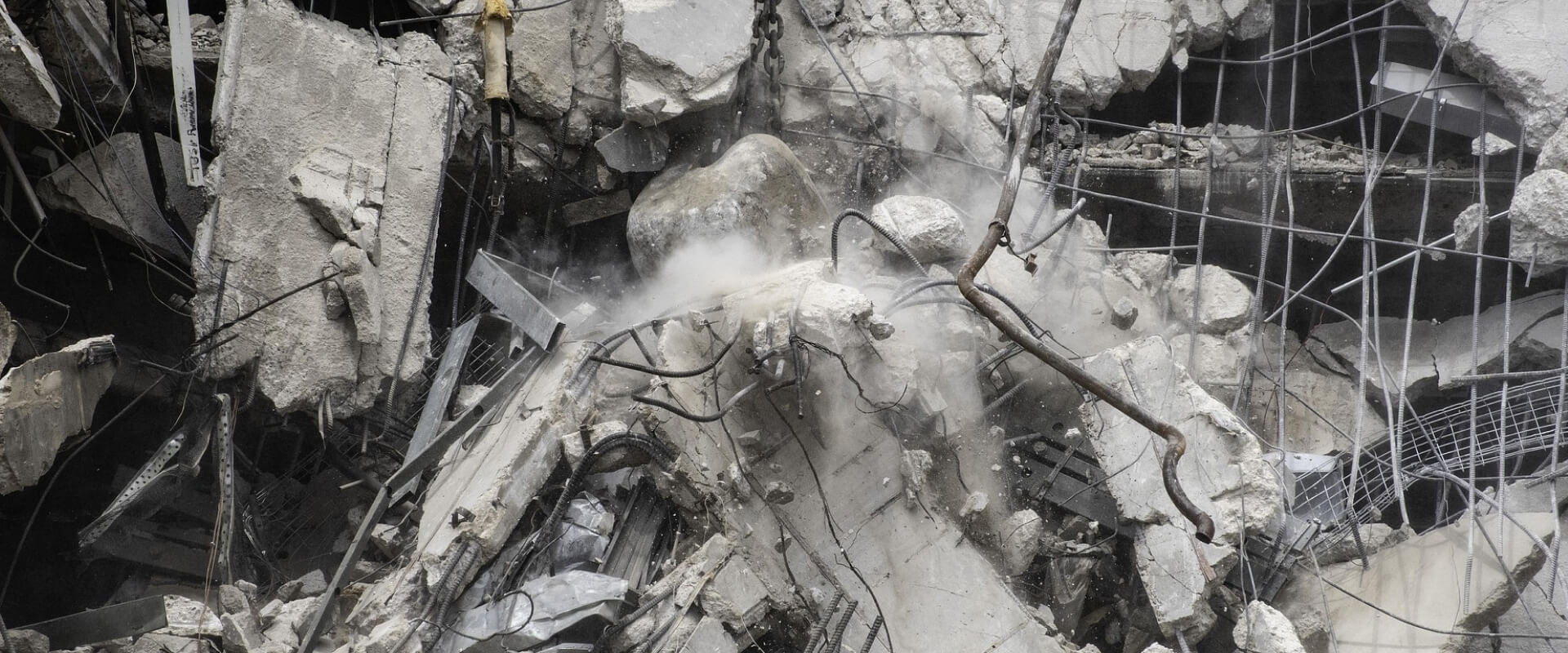
The last decade has seen a growing movement toward abolishing prisons. At the same time, antiviolence organizers have called on prison abolitionists to take the issue of gender violence seriously and to develop initiatives to address it in the context of prison abolition. Fueled by increasing recognition that women of color, immigrant, queer, transgender, poor, and other marginalized women are often further brutalized – rather than protected – by the police, grassroots groups, and activists throughout the world, are organizing community alternatives to calling 911. Such initiatives, however, are not new. Throughout history, women have acted and organized to ensure their own and their loved ones’ safety. This article, which originally appeared in the journal Contemporary Justice Review, examines both past and present models of women’s community self-defense practices against interpersonal violence.
abolition activism gender sexual-violence
The Condition in Women's Prisons
by Sara Olson
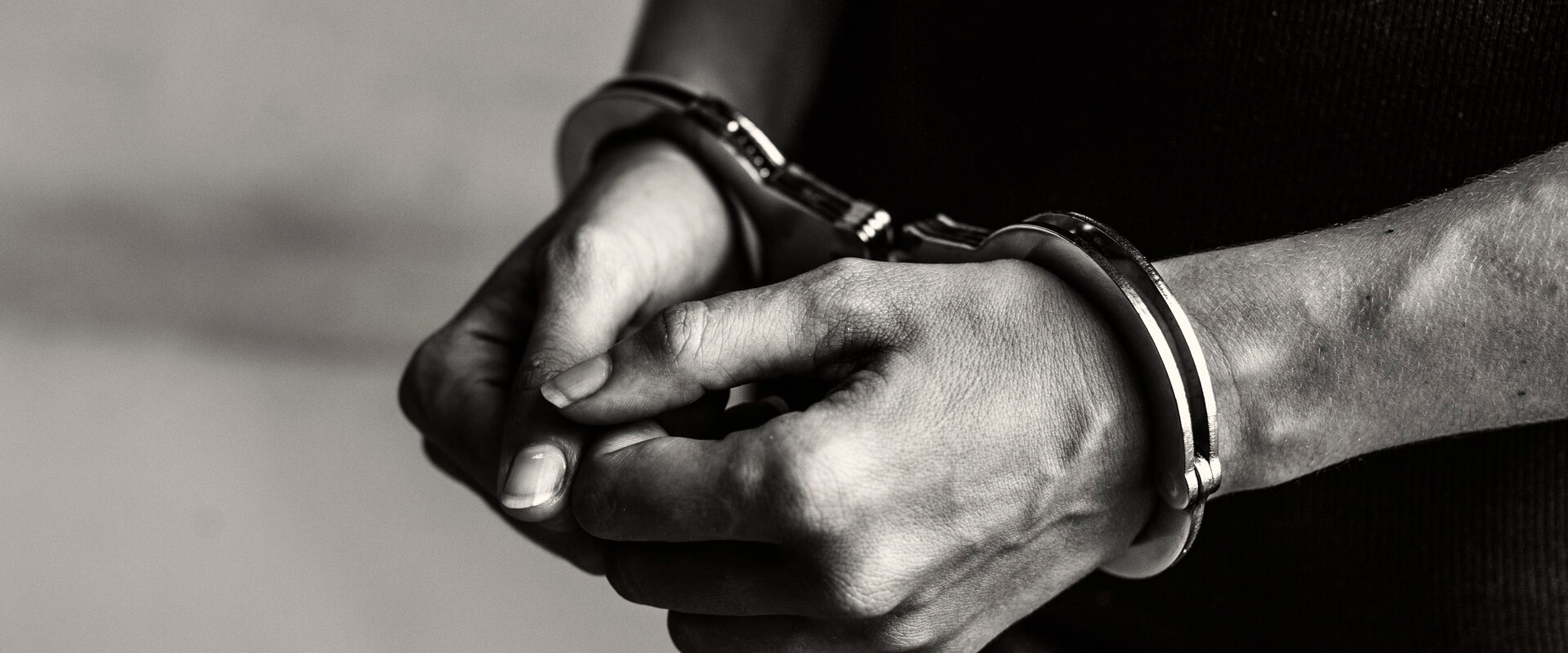
Today in California, there are 22,000 women, inmates and parolees, whose convictions are for, on the whole, non-violent and drug-related crimes. Women normally plea-bargain their cases. Even for violent crimes, we are usually sentenced as aiders and abettors. Because we are fallen women, our sentences tend to be longer than those for men convicted of the same crimes. When it comes to murder, women primarily kill abusers who have been torturing them for many years. Public financing for women’s prisons is money misspent.
abolition activism gender movement-building prison-life prison-industrial-complex public-policy
Environmental Essay
by Sara Olson

The systems of federal and state and corporate imprisonment, the Prison/Industrial Complex, are growth industries in the United States. While there has been much attention worldwide to the human rights travesty of massive American incarceration, criticism has brought no reduction, only growth in the numbers. Incarceration is aimed at a certain group of people Blacks, Latinos, and the poor.
abolition activism gender movement-building prison-life prison-industrial-complex public-policy
Who Decides
by Mary Moran
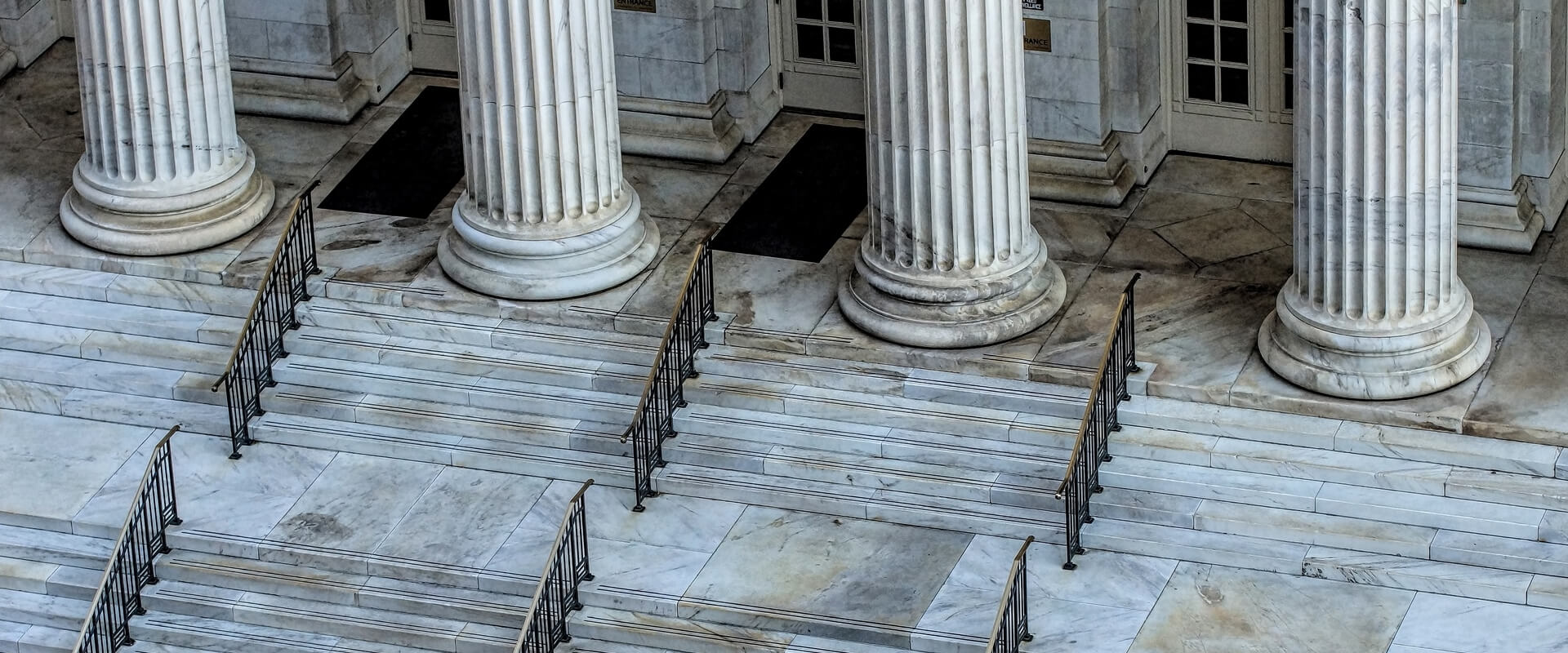
In this poem, Mary asks the hard questions who decides your justice, who decides your fate?
abolition creative-writing poetry prison-life
A Blessing of the Tongue
by Adalina Pineda
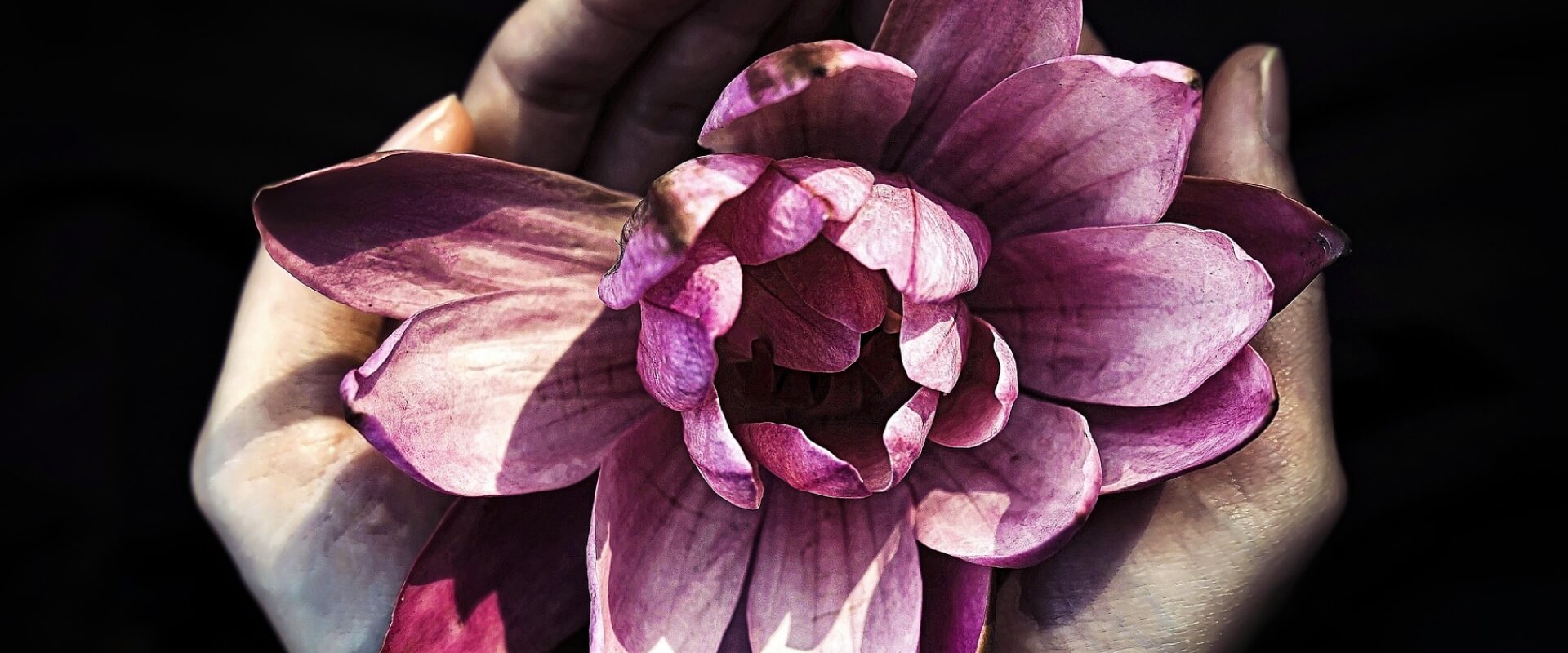
In this poem, Adalina gives her views of the death penalty.

